Sightseeing Spots
Search Results308
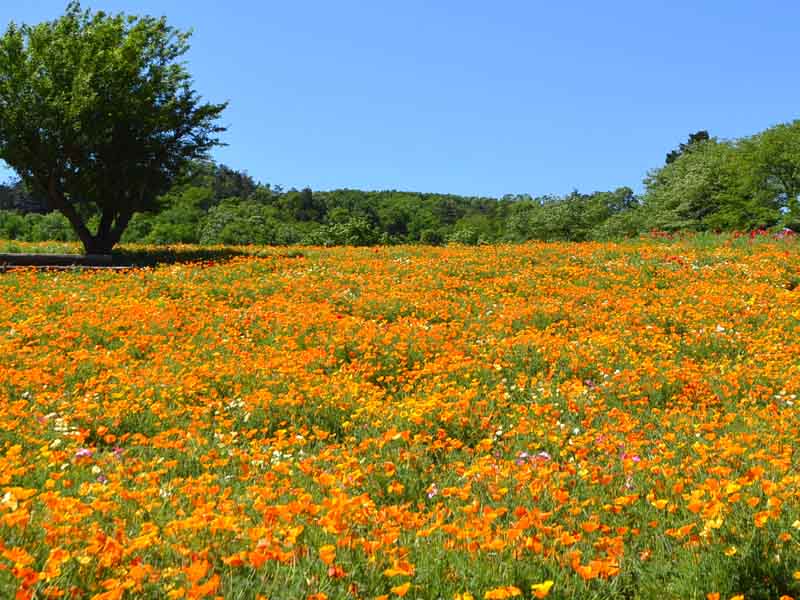
This garden is located on a vast field of about 10,000 square meters behind the Nagatoro Town Folk Museum. The Japanese name "Hanabishisou" comes from the shape of the California golden poppy, which is said to resemble a rhombus ("hishi" in Japanese, read "bishi" in the name). In early summer, California golden poppies bloom all over the entire hill, and from May to June, the contrast between the deep blue sky and the vivid orange flowers is mesmerizing.
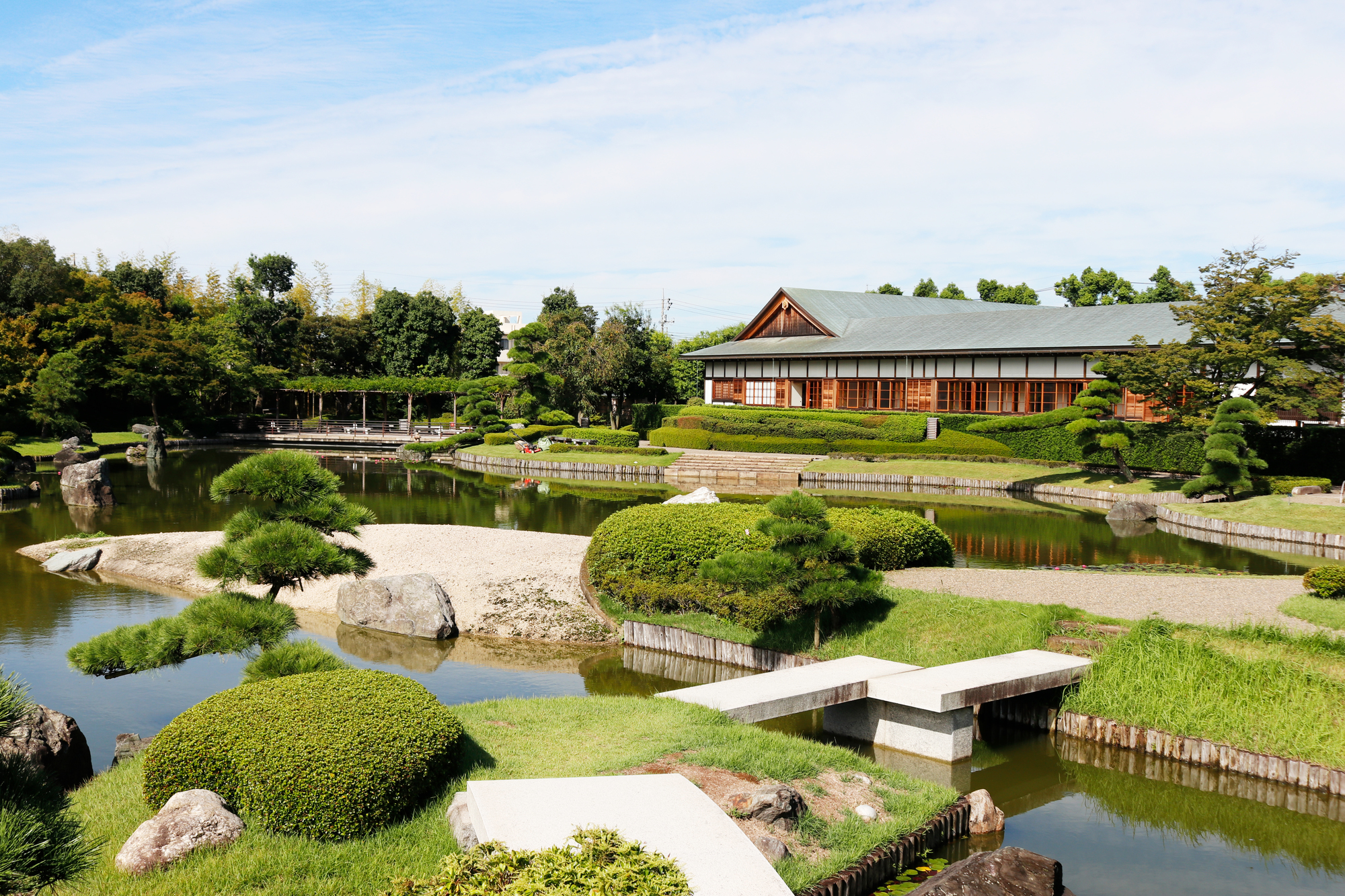
Hanataen is a traditional Japanese strolling pond garden (kaiyu shiki teien) of about 2 hectares, with a characteristic wooden bridge centered on a beautiful pond, a tea room built in Sukiya style, a man-made hill overlooking the garden and elegant stone lanterns. Various trees such as cherry blossoms and plums also grow, and you can enjoy the seasonal flowers and foliage. In addition, the garden is adjacent to Saitama Prefecture's only outdoor Noh (traditional theater) stage, Koshigaya Noh Theater. A great place to both enjoy the beauty of Japan's culture and the four seasons.
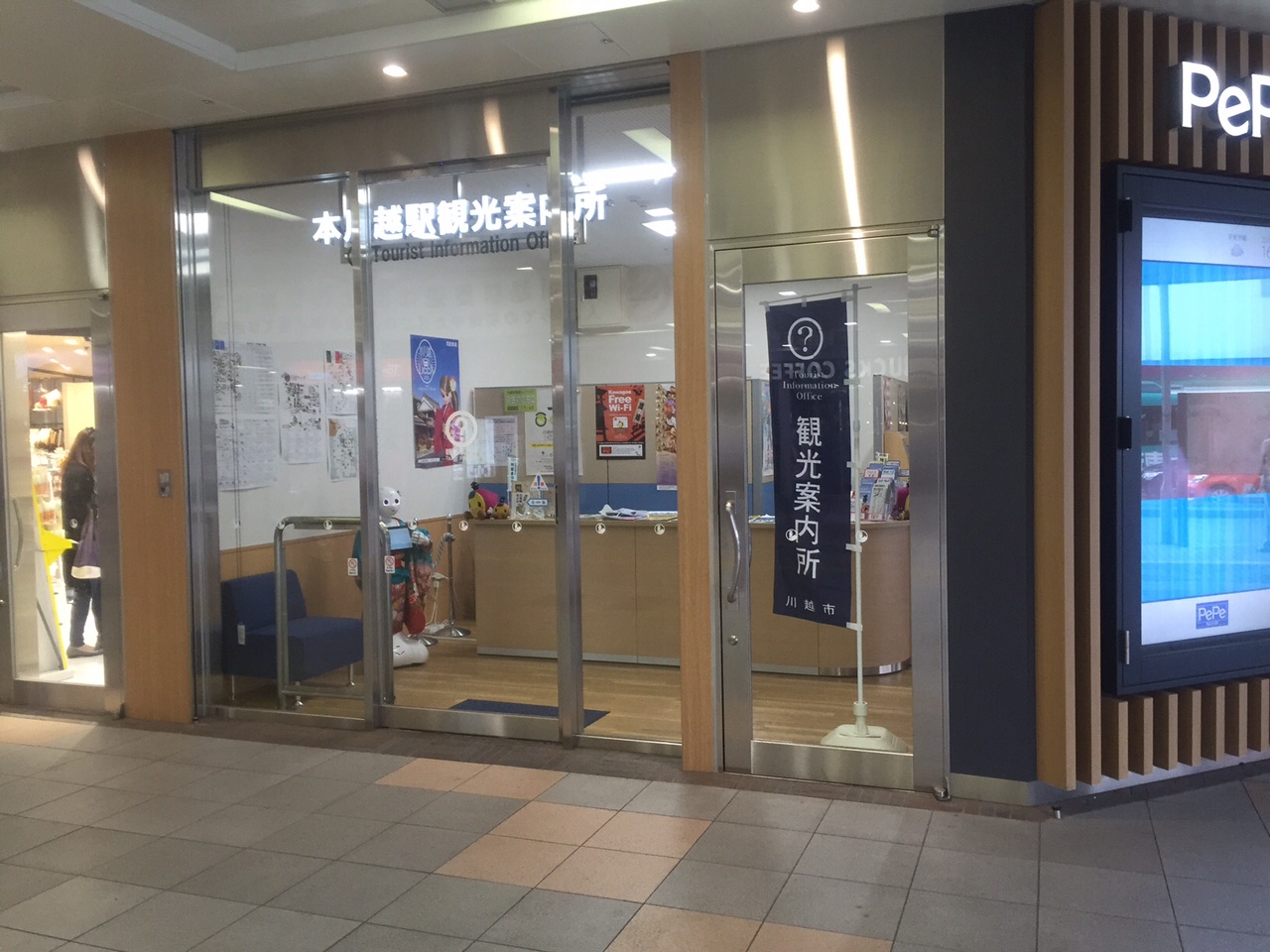
Located on the first floor of Pepe Honkawagoe Station of Seibu Shinjuku Line, we offer tourist information and sightseeing brochures. We are the closest visitor information center to Koedo Kawagoe and the Kurazukuri townscape. In addition, we offer wheelchair rental and baggage storage services (payment required).
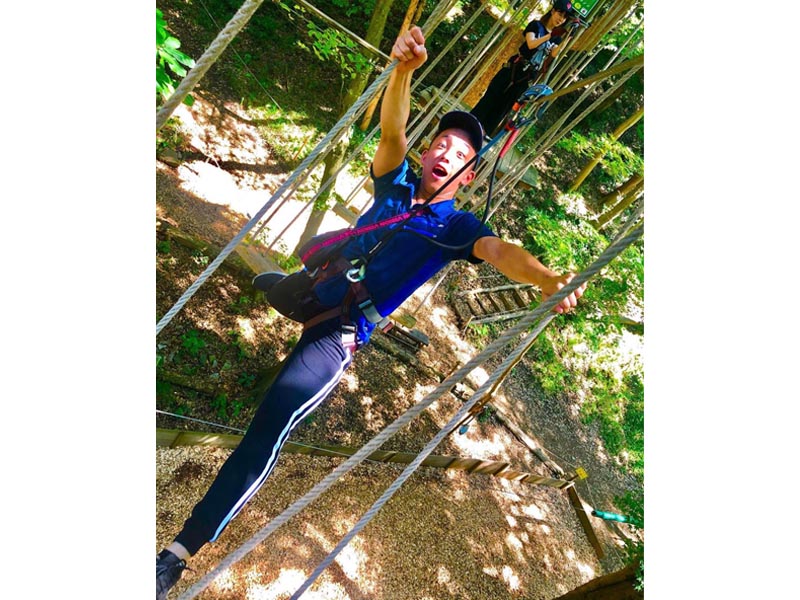
Located in Chichibu Muse park's "Forest of Sports," this is a facility that anyone can enjoy regardless of age! In a mix of planted and native forests, seven zip lines have been installed high above the valley, making it one of the largest parks in Japan. The park is for adults and children aged 10 years and older. The courses are set at high altitudes making this forest adventure particularly popular among adults!
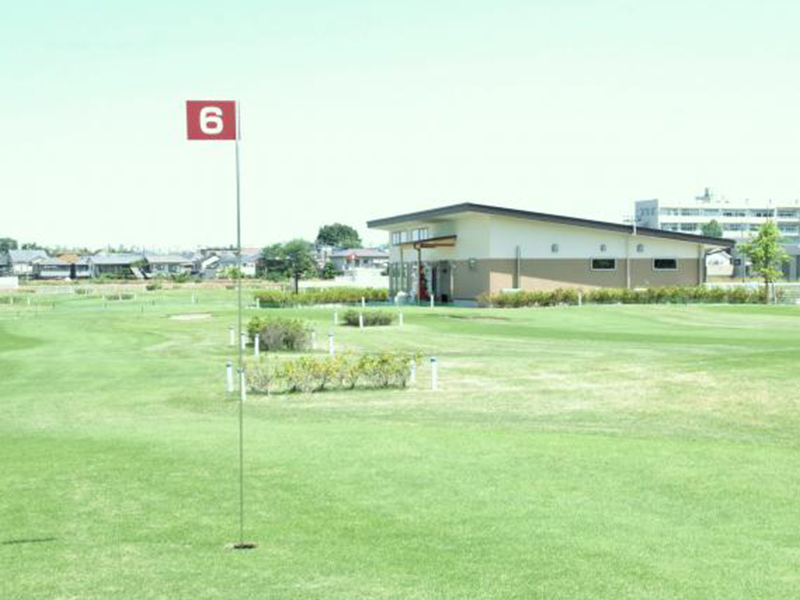
This district park is known for its stunning lawn of green grass and 18-hole golf course. In addition to the golf course, there is also a children's area, a multipurpose plaza, and a parkway that can be used for jogging and other activities. The park enables people from different generations to meet and enjoy spending a relaxing and healthy time together outdoors.
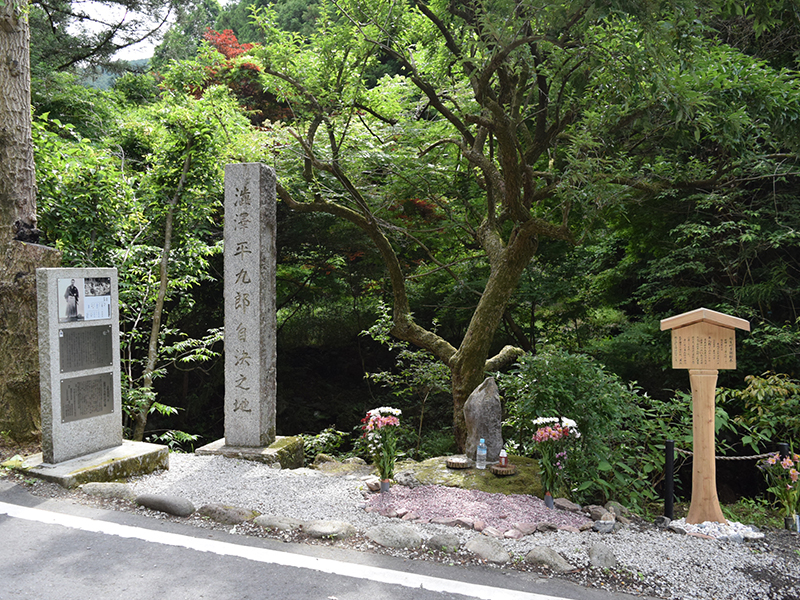
On May 23, 1868 (Keio 4), Heikuro Shibusawa, a member of the old shogunate army who was defeated in a battle with new government forces at Hanno, fled alone towards Kuroyama Village via the Kaoburi Pass. He encountered a patrolling scouting party and fought them alone, but was badly wounded and committed suicide (harakiri) while sitting on a rock on the river bank. Heikuro was a cousin, brother-in-law, and adopted son of Shibusawa Eiichi, the man known as the "father of Japanese capitalism," whose face appears on the 10,000 yen bill.
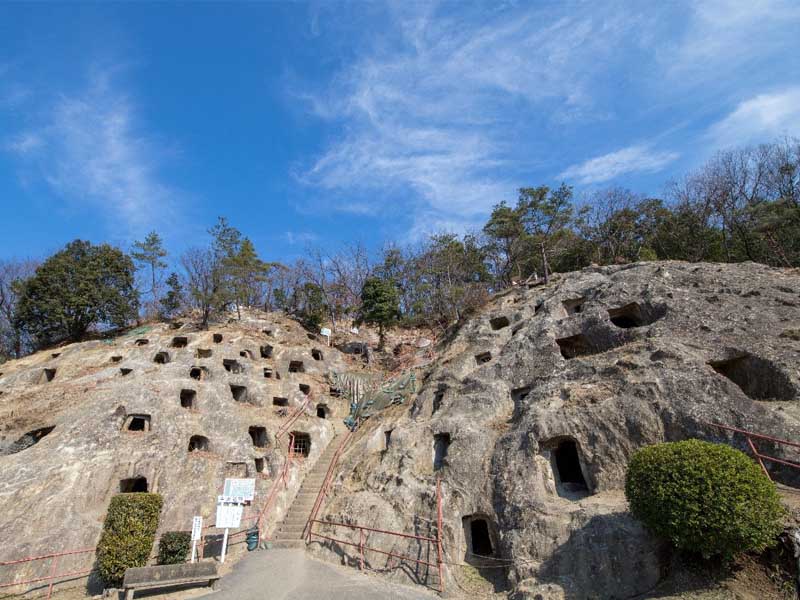
The Yoshimi Hundred Caves are a mysterious group of horizontally carved rock tombs created at the end of the Kofun period (late 6th to 7th century), and designated a national historic site in 1918. There are 219 holes confirmed in total, and the tombs represent Yoshimi Town with their significance. Each hole is divided into a narrow passage and a burial chamber, and the protected species, luminous moss, also known as goblin gold, can be found growing in the tombs.
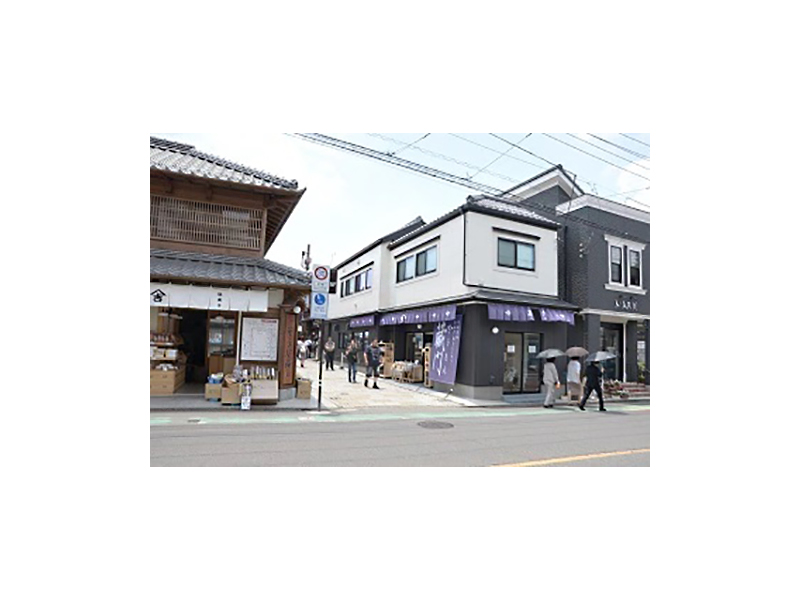
The entrance of the Kawagoe Kashiya Yokochō candy store is marked with a large purple noren (shop curtain with emblem and name). A wide variety of sweets are produced and sold here, including kura manjū (Japanese-style bun stuffed with sweetened bean paste), sweet potato yōkan (sweetened bean jelly), potato sweets, and rice crackers. We can assist you in basic English.
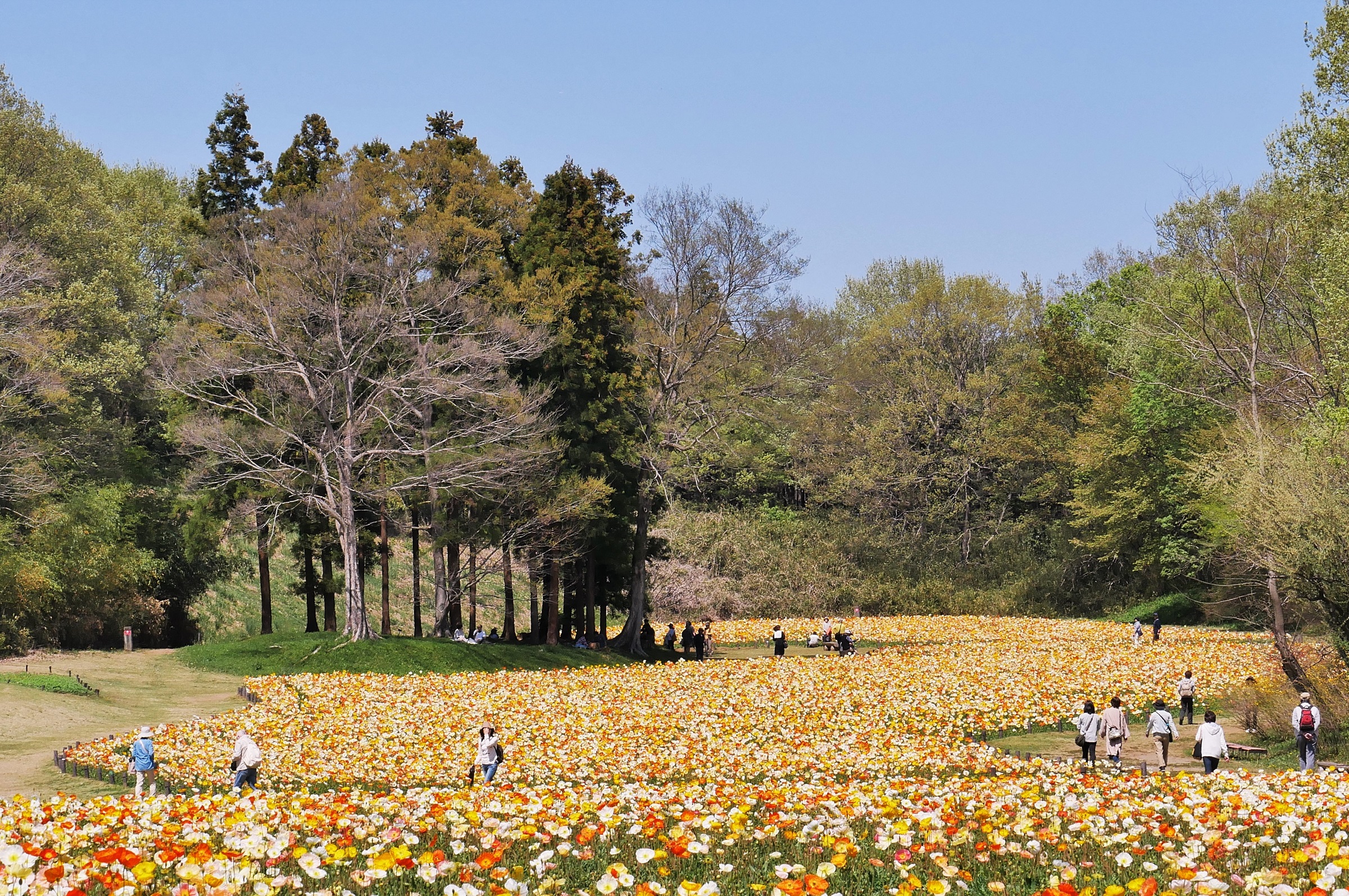
Musashi Kyuryo National Government Park is Japan’s first national government park, developed as part of the Meiji Centennial Commemorative Project. It spans a vast 304-hectare hilly area that straddles Namegawa Town in Hiki District and Yai in Kumagaya City, Saitama Prefecture. The park features a diverse natural environment, including woodlands, ponds, marshes, wetlands, and grasslands, providing a habitat for many valuable plant and animal species. It also serves as a place where visitors from the Tokyo metropolitan area can connect with and appreciate nature.
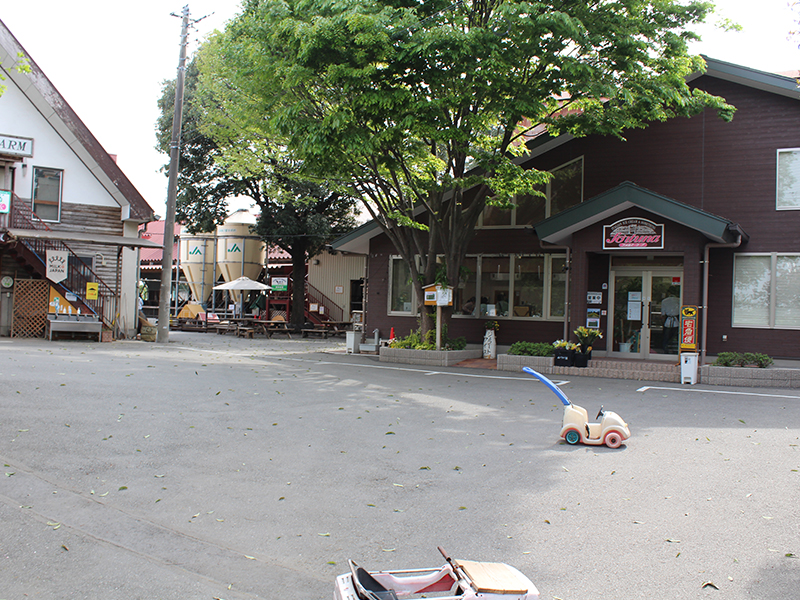
This dairy farm allows visitors to experience farm life and enjoy freshly made gelato ice cream and yogurt. In addition to dairy cows, the farm is home to a variety of animals, including chickens, Japanese Bantam (ornamental chickens), mini pigs, rabbits, guinea pigs, and more. Kids can also play with toy cars and tricycles donated to the farm by locals. Enjoy the view of the Arakawa River and its surrounding nature while tasting some of the best fresh gelato ice cream you've ever had. Enoboku, a miniature Hokkaido, hidden in the beautiful Ageo!
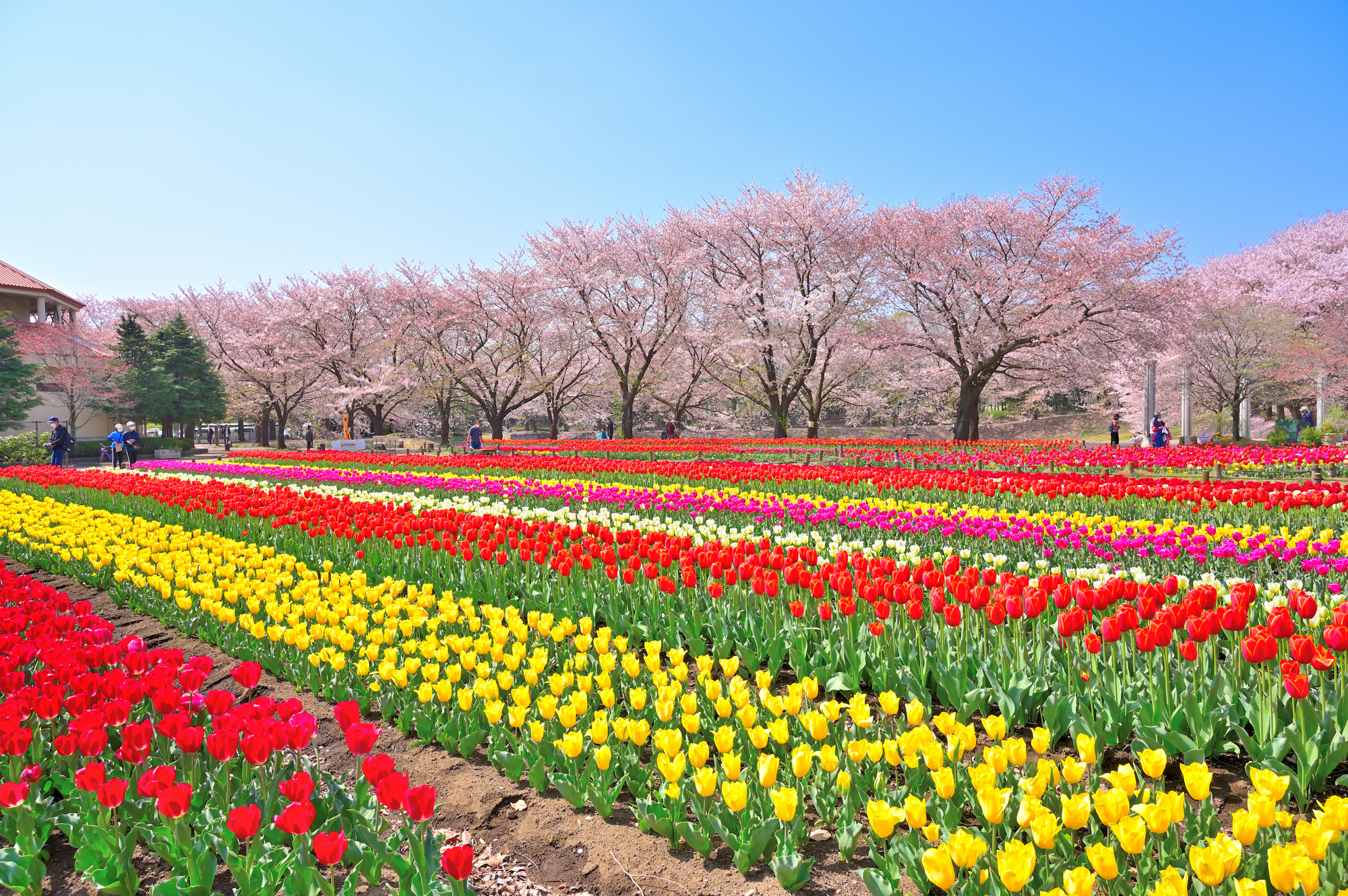
Fukaya Green Park was opened in Fukaya City in July of 1996 as a government-subsidized project of the Ministry of Agriculture aiming to promote agriculture and stabilize and strengthen management, while also contributing to citizens’ health and physical fitness. The park covers an area of 54,000sq m, around the size of Tokyo Dome. It consists of an indoor facility, Paradise Patio (known as “Patio”), and many large and small plazas, such as grass lawn plazas. Patio (area 7,769sq m) is designed after south European and Mediterranean coastal resorts, and features the largest all-weather indoor leisure pool in the north Kanto area. The park’s large flowerbeds (1,157 sq m) filled with flowers are another highlight.
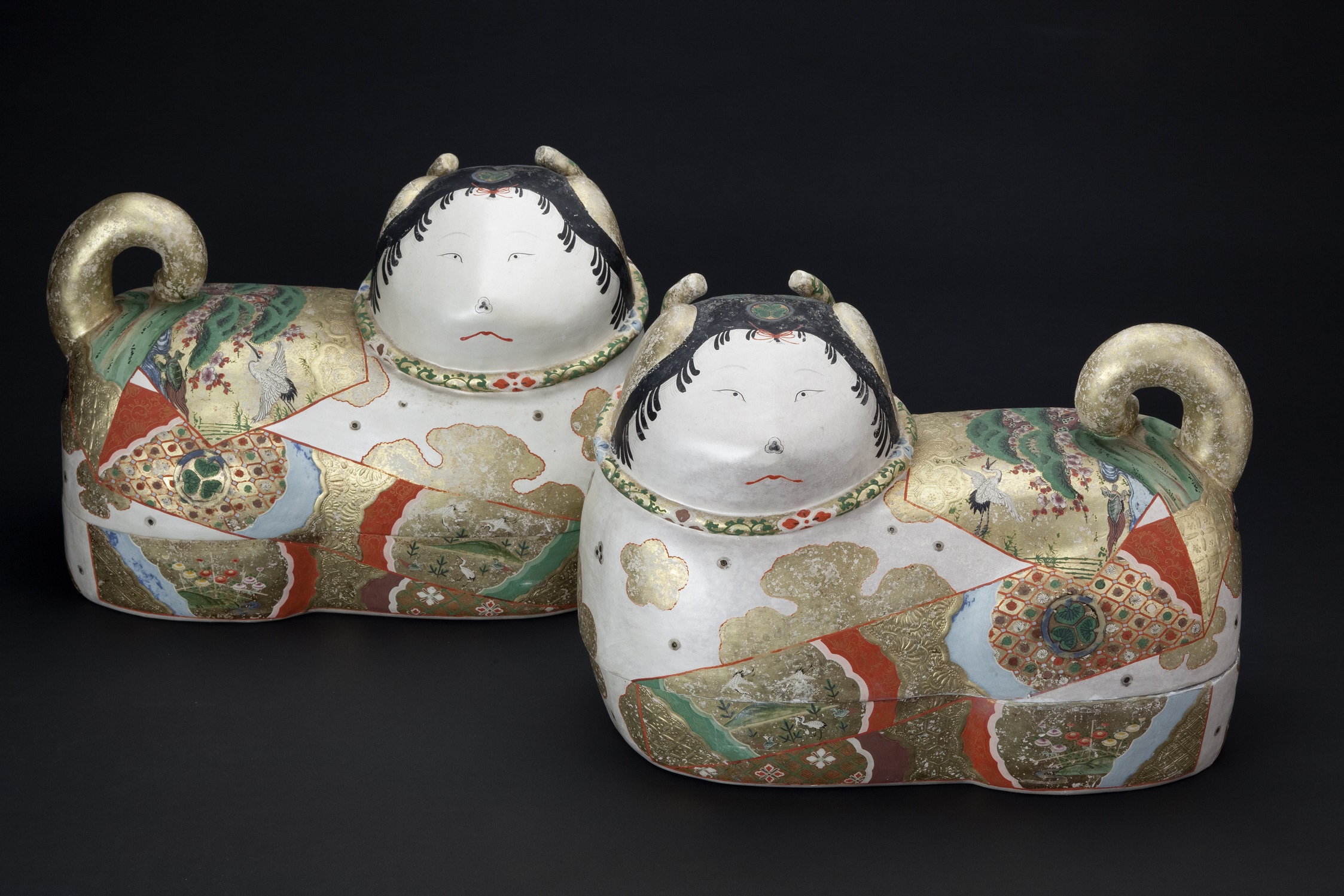
“Saitama City Iwatsuki Ningyo Museum” was opened in Saitama’s Iwatsuki Ward in 2020 and explores the history of dolls and their role in people's lives, promoting the culture of dolls for the future. We are working on a project to make dolls more familiar to people through exhibitions and activities, as well as collecting and storing documents related to dolls and researching about the culture of dolls. (For more information, please see the URL below)
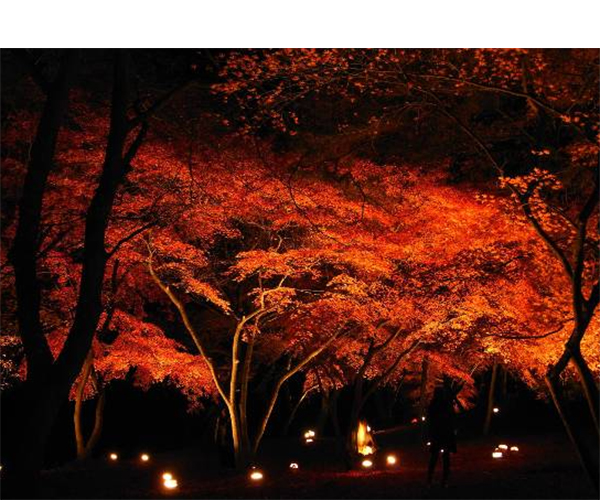
The park is named after the stone tablet on which Kyoshi Takahama wrote the haiku “Kokoniware Kuotomubeki Tsukinoishi,” and is very famous for its autumn leaves. The best time to see the autumn leaves is around November, with the illumination of around 50 acer amoenums Japanese maples. The area is very crowded during this time, especially with photography aficionados. You can enjoy the autumn leaves at the adjacent prefectural nature museum as well.
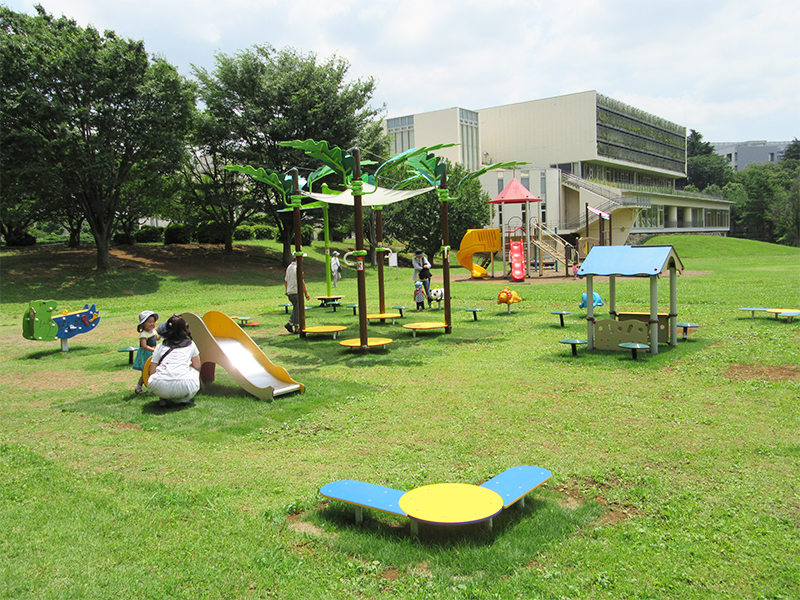
This 20-hectare park was established in March 1989 on the former site of Camp Drake, which was confiscated by the U.S. military in 1945, to ensure a comfortable living environment with beautiful urban landscape. The park is well known as a place for sports and recreation, with an outdoor plaza and jogging course. This vast park is also used as an evacuation site. Nearby are Tokyo Metropolitan Oizumi Central Park, Oizumi Sakura Sports Park, Tokyo Yono Green Belt (Nagakubo Ryokuchi), Niiza Green Path and Sakae Green Path in Niiza City, together serving as a large green belt that straddles municipal and prefectural borders.
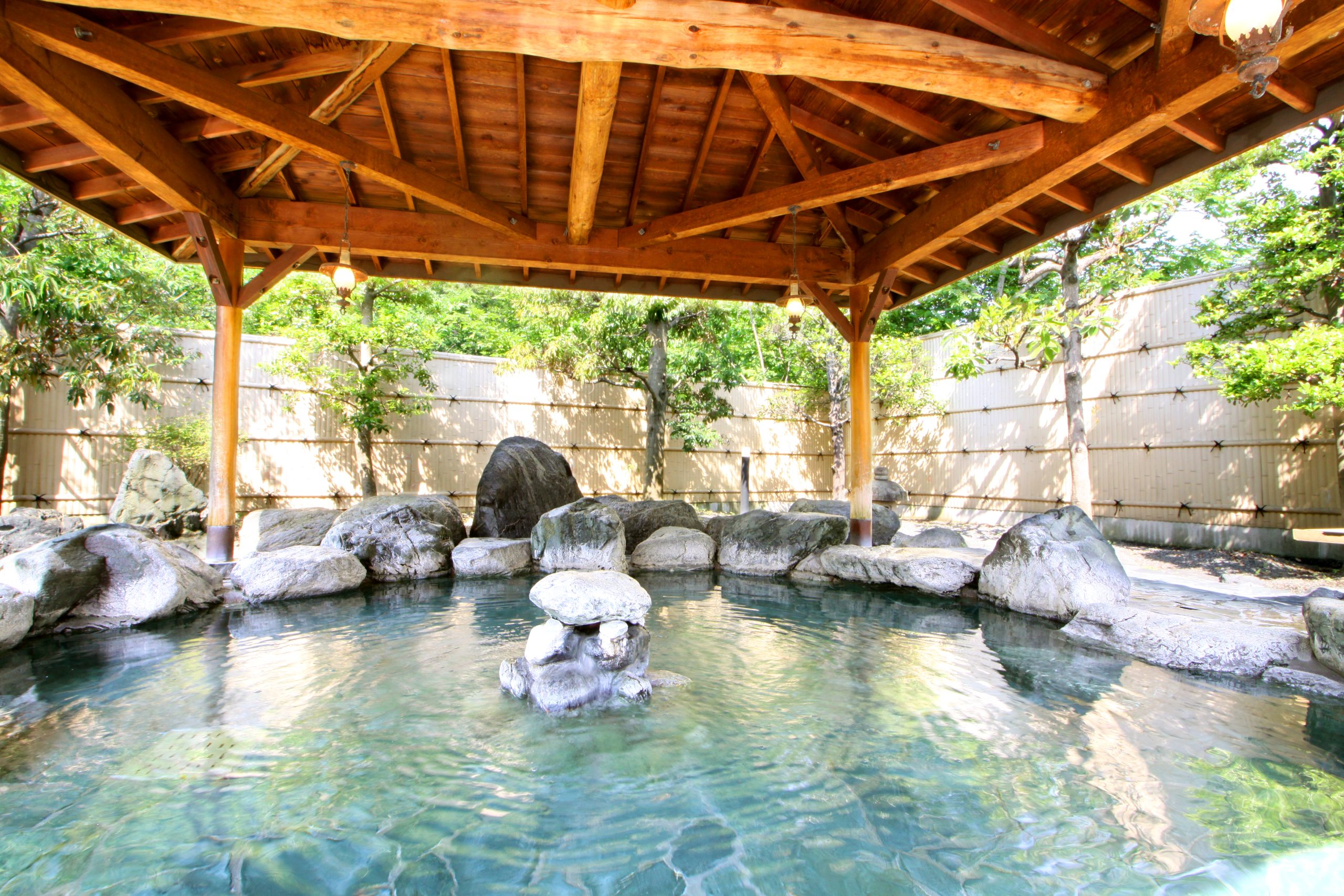
A simple sulfur hot spring. Chichibu Yumoto is a day trip hot spring with the Bukō Onsen as its source, and is effective for a range of chronic diseases such as nerve pain, sore muscles, joint pain, stiff shoulders, and poor blood circulation. One can fully enjoy nature in the liberating open-air bath with the hinoki (wooden) bath, which gives the gentle feeling of trees, and the rock bath, which provides a simple natural atmosphere. Nearby there are also Bukō Auto Campsite (Phone Number: 0494-23-8229) and lodging facility Bukō Onsen Bekkan (annex) (For reservations: 0494-24-4141).
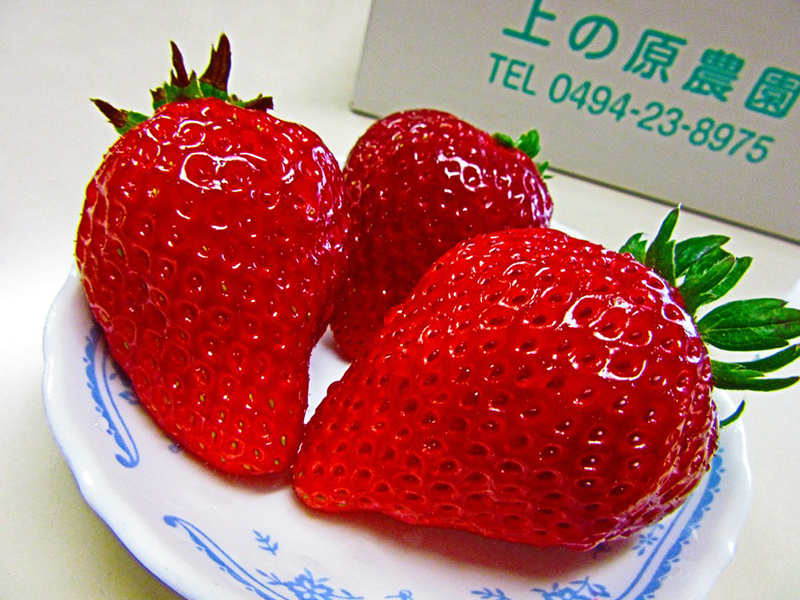
Enjoy the all-you-can-eat package at the farm, or pick and take the strawberries home instead! It's possible the all-you-can-eat will be finished depending on the season's harvest. All-you-can-eat varieties: Beni-poppe, Tochiotome, Yayoihime, Souvenir varieties: Amarin, Beni-poppe, Tochiotome, Yayoihime
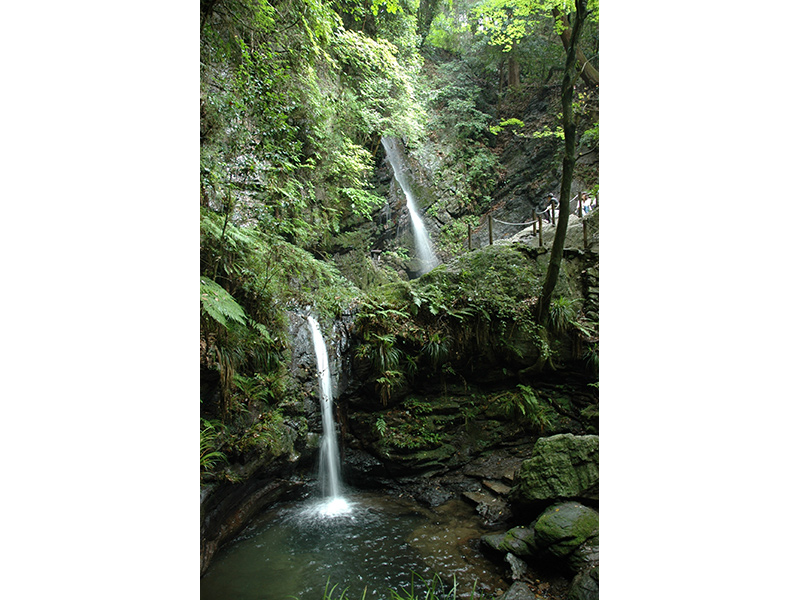
Kuroyama Santaki is the name of a group of three waterfalls known as Odaki (male waterfall), Medaki (female waterfall) and Tengu Taki (demon waterfall). This scenic spot was selected as one of Japan’s 100 best sightseeing destinations. Enjoy fresh greenery in the spring, refreshing cool air in the summer and remarkably beautiful leaves in autumn.
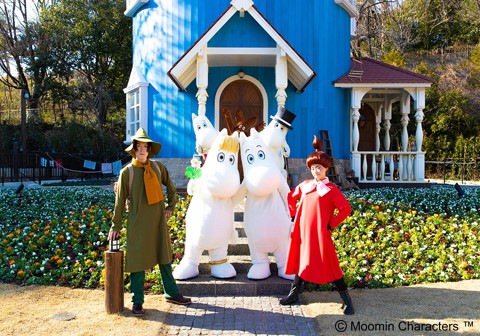
At the Moominvalley Park in Saitama Prefecture, based on the popular creation, ‘Moomins,’ by Finnish author and artist Tove Jansson, you can immerse yourself in the delightful world of Moomin and its popular characters. The first theme park of its kind outside of Finland, it was opened in March 2019 in Hanno, Saitama, and is easily accessible from Tokyo via train. There are four main attraction areas, featuring a variety of theater venues, a large three-story museum, a playground with Moomin landmarks that appear in the story, delicious restaurants, a cafe, and the world’s largest Moomin store! For additional fun, outside Moominvalley Park lies the Metsä Village, where visitors can enjoy a Nordic experience with shopping and dining options, relax around Lake Miyazawako in comfortable outdoor seating viewing the lake and surrounding forest, or take part in various hands-on activities. At Moominvalley Park, there’s fun to be had for everyone!
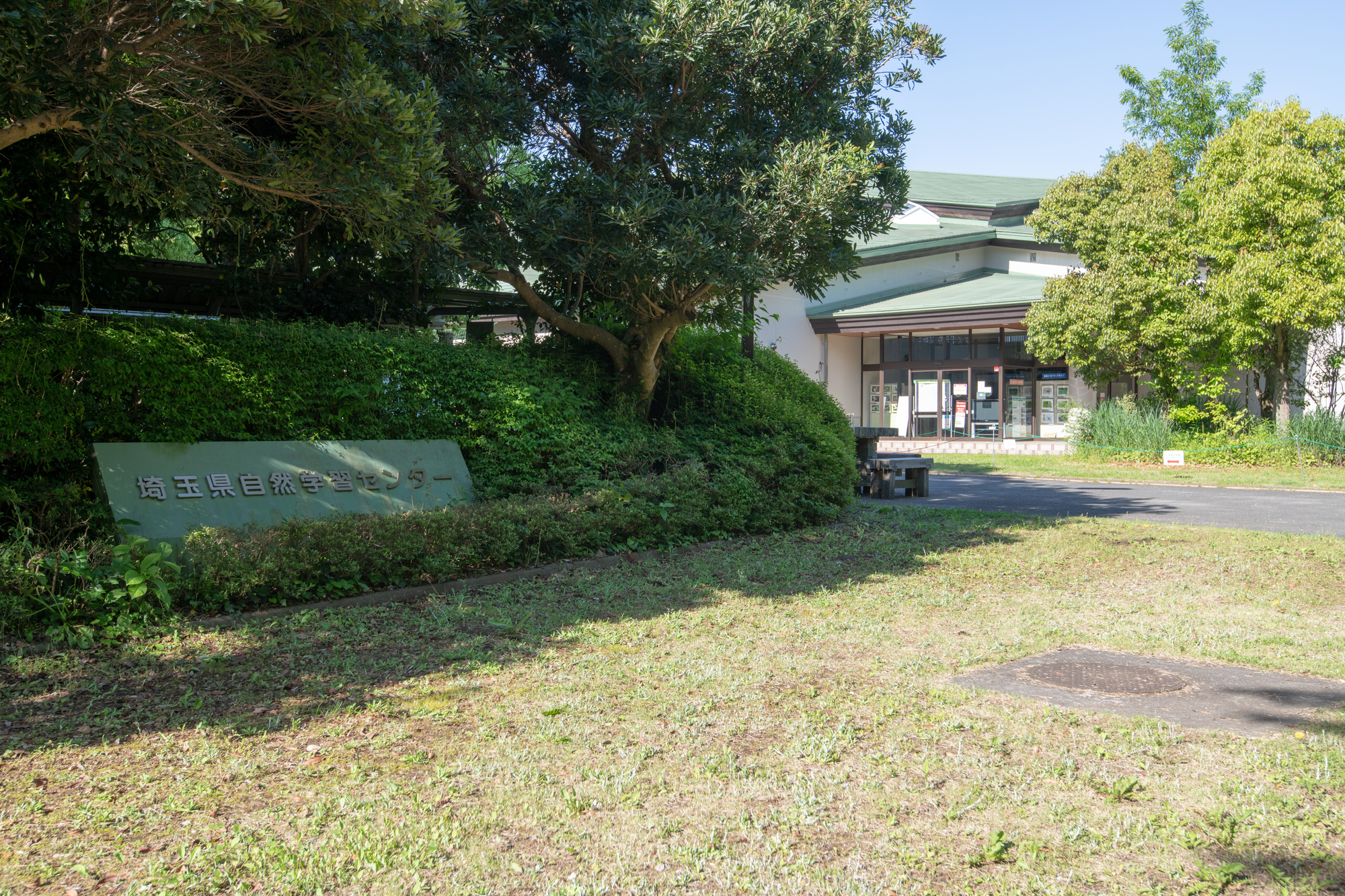
Located in the Kitamoto Nature Observation Park, this facility serves as a base for Saitama Prefecture’s nature learning and environmental education. Various events related to observation and nature experiences are hosted on primarily Saturdays, Sundays, and holidays. Inside the building, there are exhibits about nature and environmental issues and an information center filled with books related to nature. Staff are also stationed to provide information regarding nature within the park. There is a section on our website named “Park Journal,” where you can get daily updates on opening hours and events.
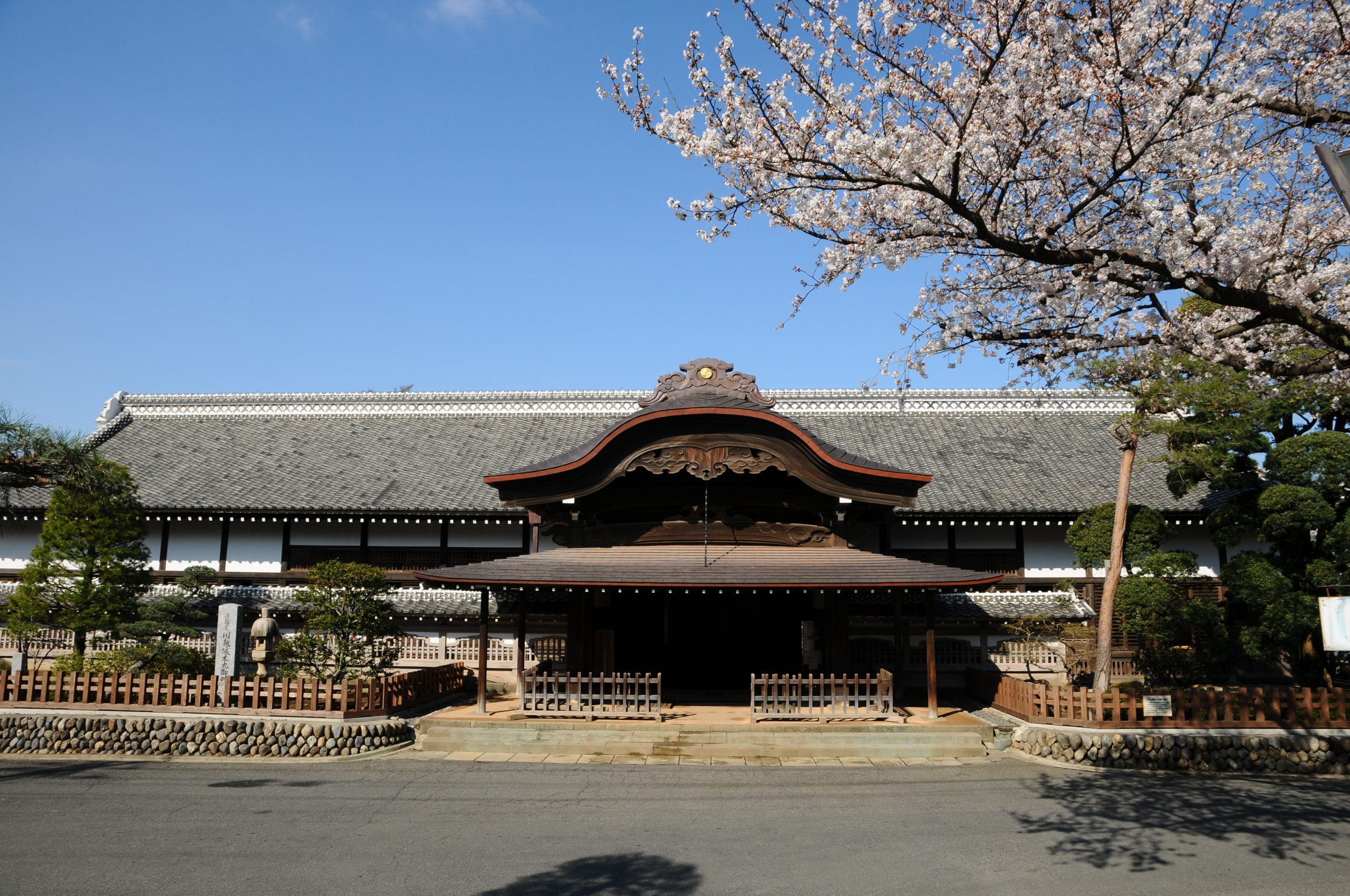
The Kawagoe Castle was built in the first year of Chōroku Era (1457) under the command of the vassals, Ōta Dōshin and Dōkan (father and son), for Ōgigayatsu Uesugi Mochitomo to compete against Koga Ashikaga Shigeuji. In the Edo period, it was of utmost importance to protect the north side of Edo, which is why the top vassal traditionally become the lord of the castle. The current building was constructed in the first year of Kaei era (1848). It is open to the public after a two and a half year restoration.
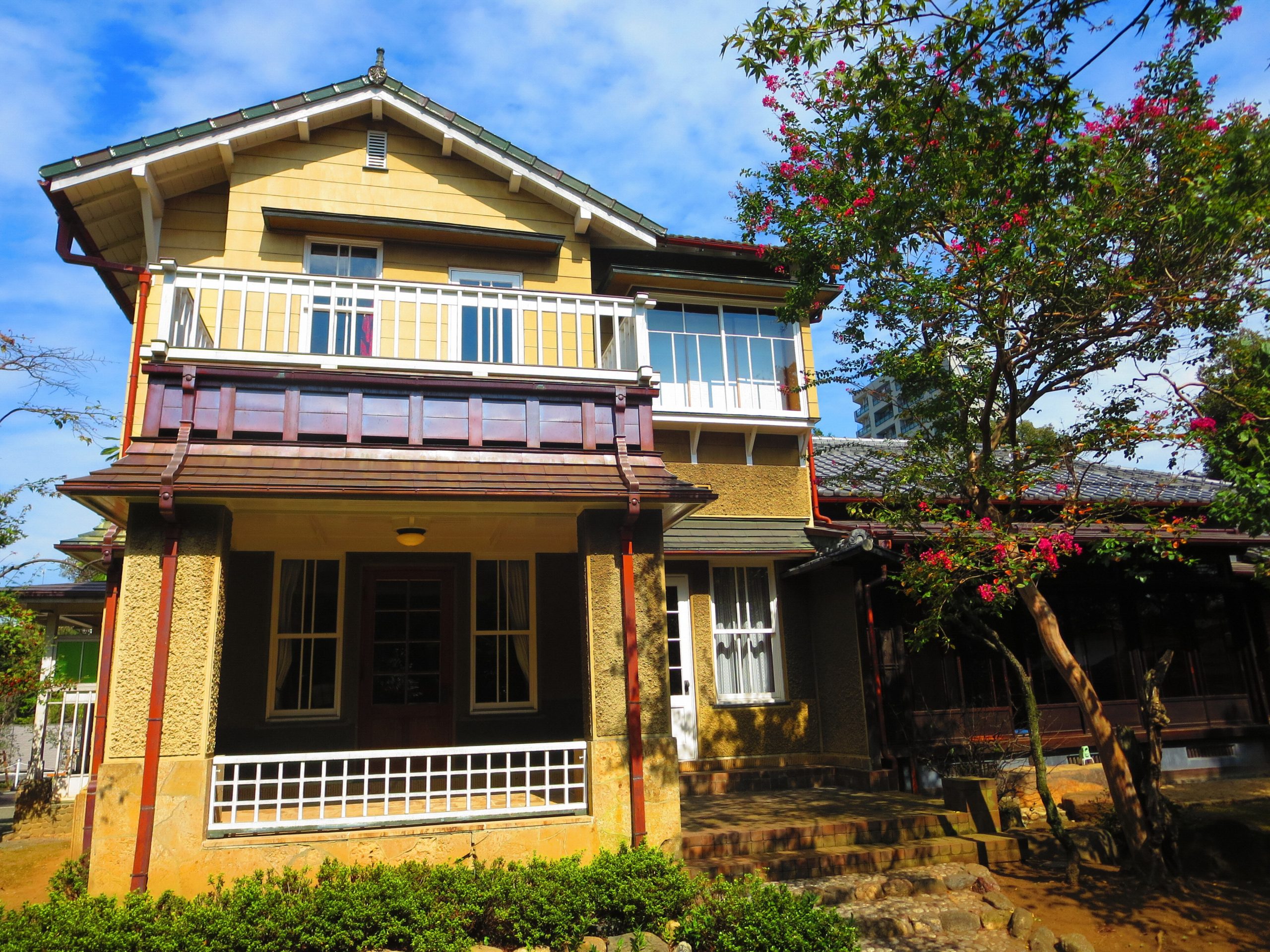
The Old Yamazaki Family Villa was built as a retreat for Kashichi Yamazaki, the 5th generation of Kameya, a long-established confectionery store of Kawagoe. The building and other components have been recognized as having national cultural significance; the main house, tearoom, and the benches of the waiting room were designated as tangible cultural properties of the city in 2000, a portion of the building was donated to the city in 2006, the garden was registered as the national monument (place of scenic beauty) in 2011, and the main building was designated as a National Important Cultural Property in 2019. The garden of the former Yamazaki family's villa is also recognized as a valuable example of a Japanese-style garden, including a tea ceremony room designed by Katsuya Hoka along with Japanese and Western-style buildings, and is highly regarded as “a contribution to the development of landscape gardening culture."
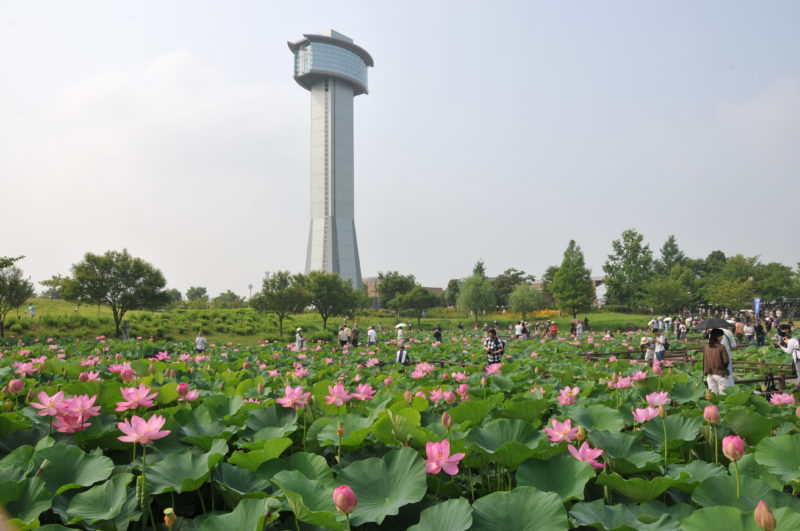
From mid-June to early August, 12,000 stocks of 42 different types of lotus flowers bloom on the surface of this lotus pond. The Gyōda lotus (ancient lotus) is a primitive form with few petals; it is said this variety of lotus is from about 1,400 to 3,000 years ago. Lotus flowers are best viewed midmorning. There are aquatic plant botanical gardens, aquatic bird lakes, peony gardens, plum tree groves, and a spot for flower viewing (hanami) cherry blossom trees, making it a place to go to feel the beauty of nature all year round. In addition, from mid-July to mid-October, rice paddy art is at its prime and can be viewed from the Ancient Lotus Hall’s Observation Room. The rice paddy art of Gyōda City started in 2008, with annual rice transplanting taking place with the help of several volunteers and participants. Not only are the designs original, but some have been featured in movies, TV shows, games. In 2015 it was recorded in the Guinness World Records as “the world’s largest (rice paddy art).”
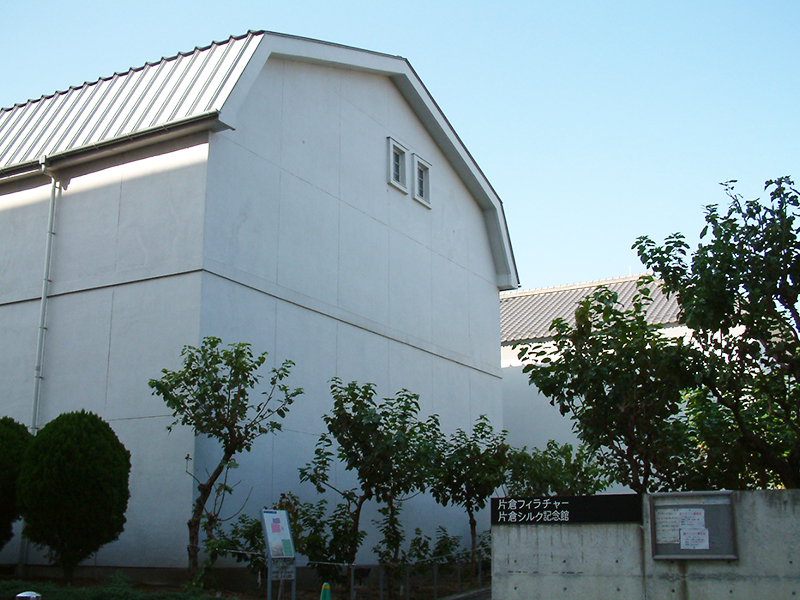
The Katakura Silk Commemorative Museum is built inside of Kumagaya Factory, the cocoon warehouse of the last remaining silk manufacturing plant of Katakura Industries, and is recognized as a Heritage of Industrial Modernization by the Ministry of Economy, Trade, and Industry. To preserve and pass on the company's 121-year history of silk production, the museum displays the machinery used to produce silk at Kumagaya Factory, and visitors can watch the entire process from cocoon to raw silk.
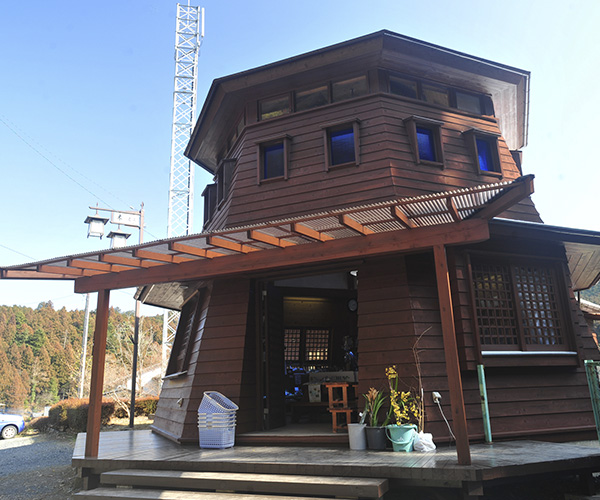
Passing along a road within the mountains, you will come to a direct sales farmers market built from Japanese cypress (hinoki). The shop specializes in mountain mushrooms and wild vegetables harvested in the Ohno region. The “Chirimen Norabō-na,” only available at this shop, is popular every year for its sweetness. The building is the oldest of the town's four direct sales shops, and is said to be the model for Myōkaku Station, which has the same octagonal shape.
This site uses cookies to improve the user experience. If you continue to browse, you consent to the use of cookies on this site. Accept
CONTACT
